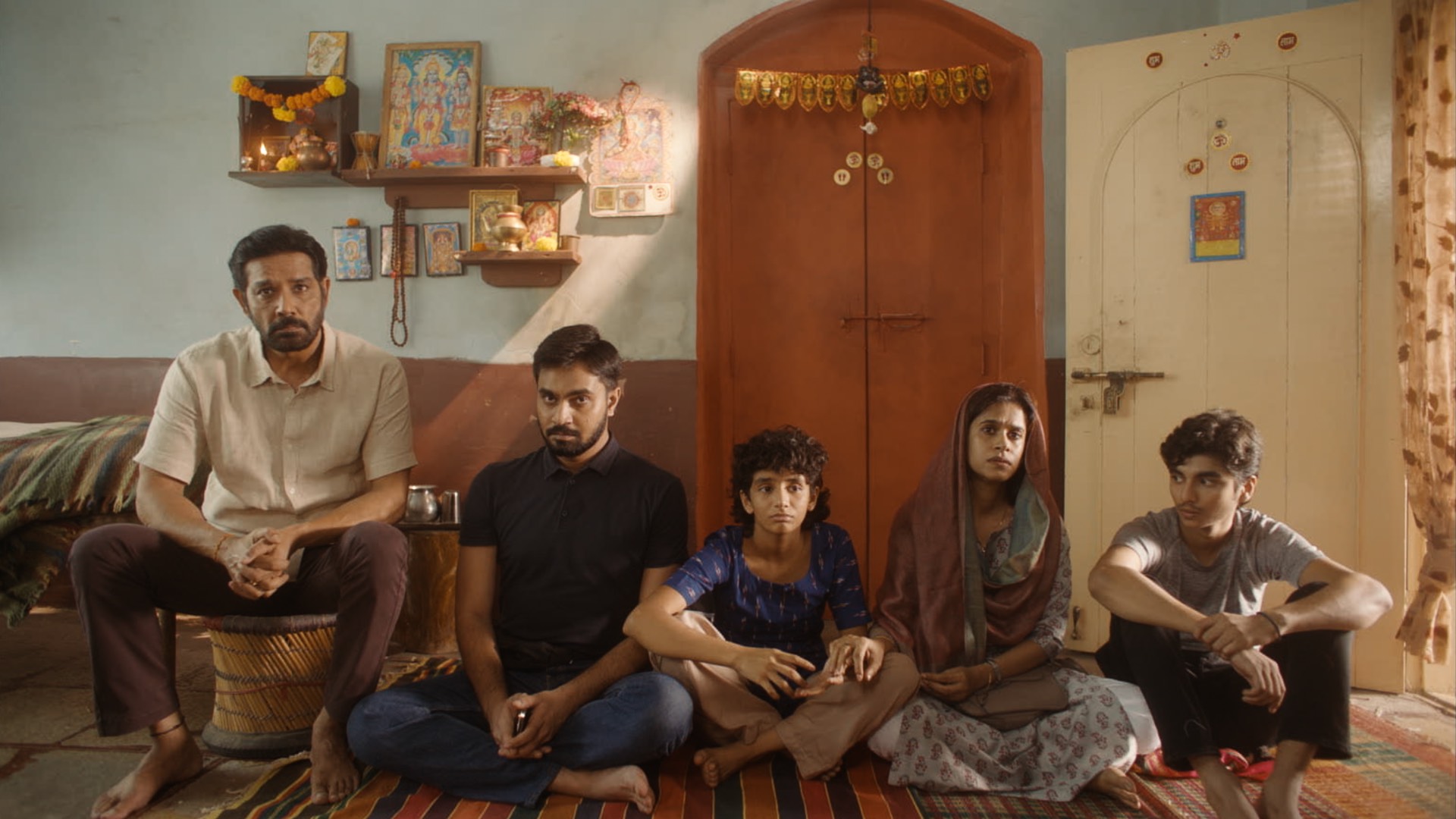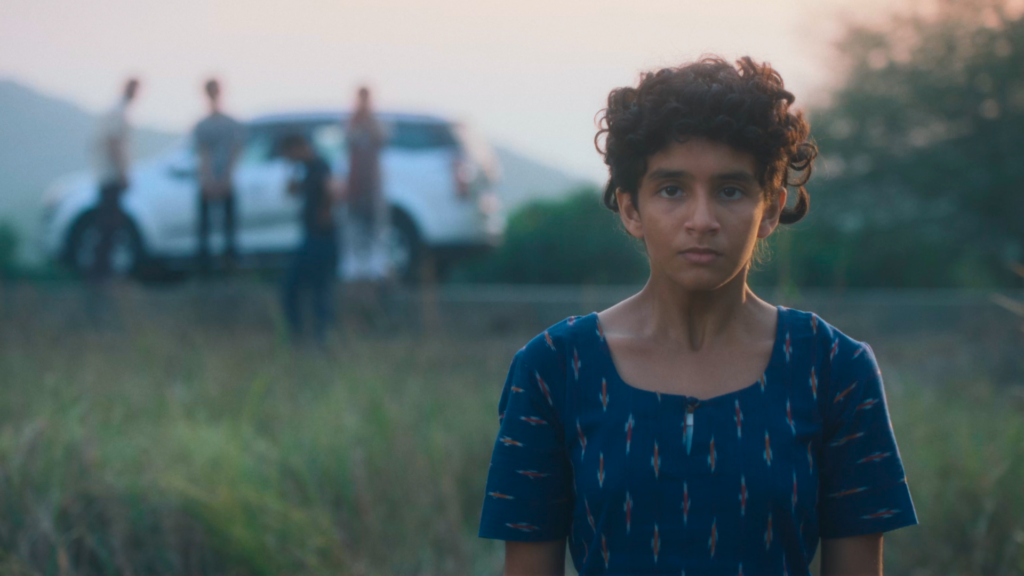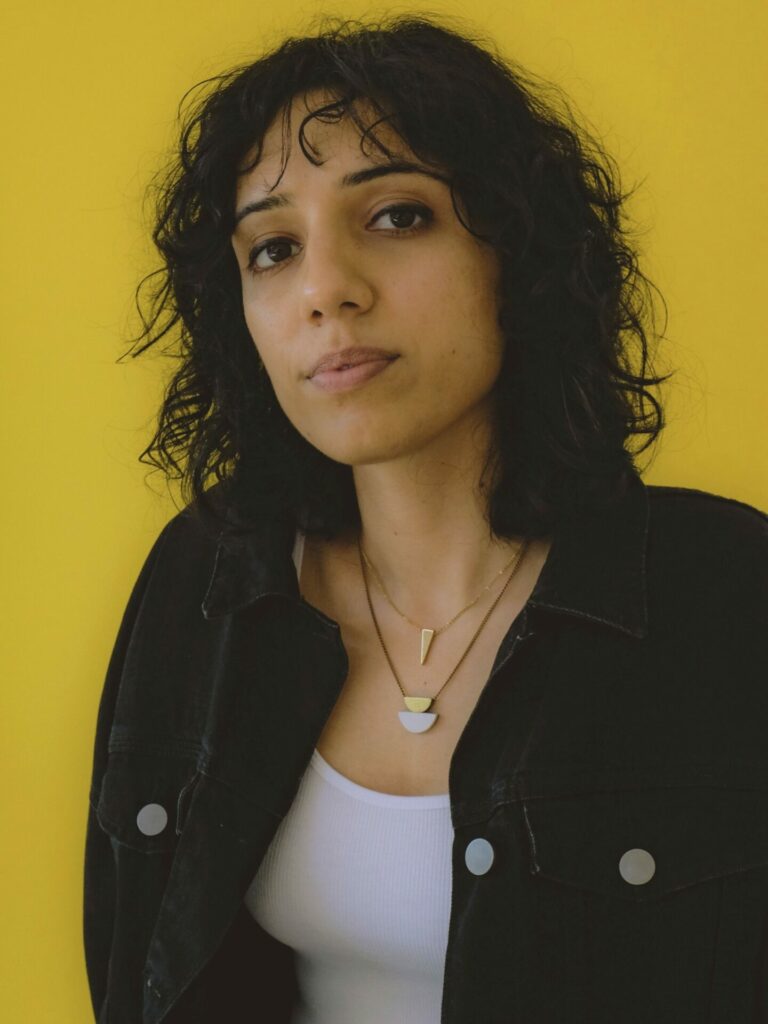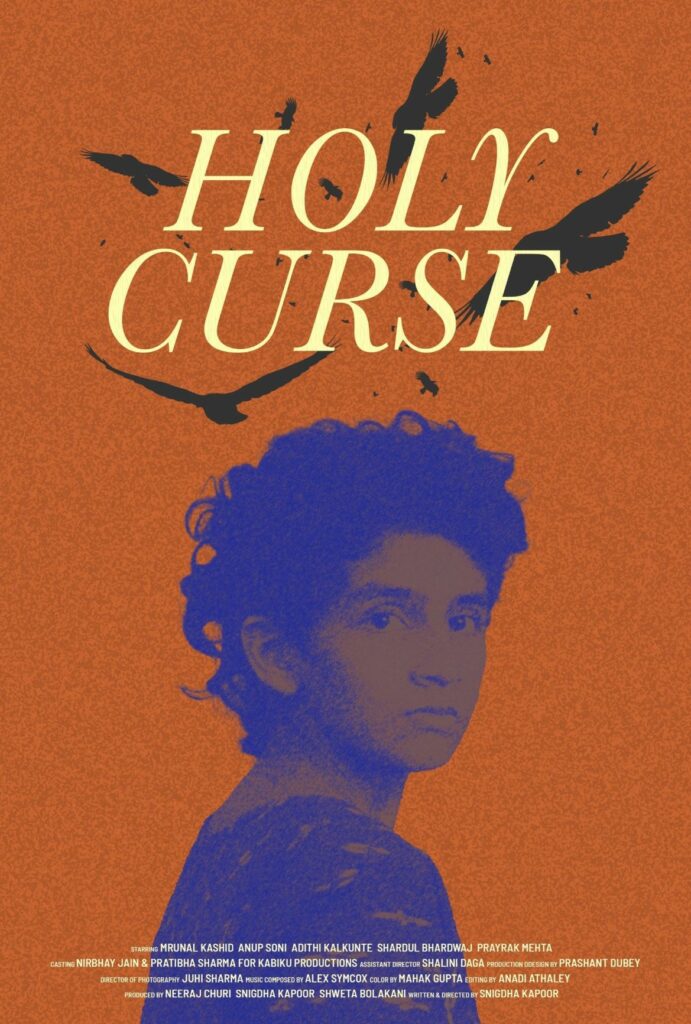‘I hope to invite compassion and dialogue’: Holy Curse director on cinema as a catalyst for evolving gender norms
Filmmaker Snigdha Kapoor reflects on identity, where personal truth and artistic expression expand the boundaries of societal expectations

Growing up in a conservative North Indian city in the 90s, my exposure to film was limited to regressive gender stereotypes. Even as a child, I felt frustrated. I identified as a boy, playing sports with boys and assuming their freedom. My father used male pronouns for me, a practice not uncommon in Indian culture where parents sometimes use terms like “beta” (son), even for daughters.
Everything felt right until puberty. My changing body no longer aligned with how I saw myself. Suddenly, I felt alienated from both the boys I grew up with and the girls who never included me. Cinema offered no guidance; discussions around gender beyond the binary were non-existent. Over time, I realised subliminally how deeply these norms were entrenched in society and media, and challenging them became central to my work as a filmmaker.
By the time I studied journalism, I had embraced femininity — but not in its idealised, patriarchal form. It became a powerful lens through which I could challenge societal structures. My thesis film, Four Women and a Hole, satirised femininity through the seemingly mundane experience of women dealing with a flat tire, revealing gender prejudices. This project showed me the power of fiction to challenge narratives and open space for new ones.

When I moved to the US 12 years ago, I was introduced to a broad spectrum of gender and sexuality labels. While this exposure opened up new ways of thinking, none of these labels fully captured who I was. Navigating identity as an immigrant in a Western context added another layer of complexity. My questions about gender were often mistaken for questions about sexuality, highlighting the common confusion between the two. Therapy didn’t provide much clarity either — Western psychologists couldn’t grasp the nuances of my Indian upbringing, and Indian therapists were still grappling with the evolving vocabulary around non-binary identities.
The pandemic forced me to confront these feelings head-on. Nearing a mental breakdown, I attended a four-day silent meditation course. The experience was transformative. I realised that the labels I had been searching for felt restrictive rather than empowering. Perhaps the contrast between Western and Eastern philosophies of ‘self’ made me struggle with them. Western philosophy emphasises individual identity, often focusing on defining and categorising the self through distinct labels. In contrast, Eastern philosophy encourages letting go of labels, viewing identity as fluid and interconnected.
This moment of clarity pushed me to start telling my own stories, as these experiences deepened my understanding of identity and inspired me to explore more nuanced, intersectional narratives in my storytelling.

While I dreamed of attending Columbia University for formal film education, immigration status and financial barriers made it impossible to foot the $200k tuition. Instead, I invested in $2000 worth of books and a Criterion Collection subscription, forming my own film school, and very soon, I wrote my first screenplay, Look Like You, now available to stream at BFI Player.
Directors like Agnès Varda, Satyajit Ray, and Céline Sciamma have deeply influenced my filmmaking approach. Their ability to explore intimate, often unspoken human experiences through cinema shaped how I approach identity, culture, and societal expectations. These lessons formed the foundation for Holy Curse, a project that reflects both my personal journey and my evolution as a filmmaker.
While researching Holy Curse in India, I discovered a theme that felt deeply personal: the struggle between discovering one’s true self and meeting societal expectations. This is particularly challenging for young people, who face traditions and gender roles that limit their ability to explore their identity. Drawing on my journalistic roots, I traveled across India, interviewing priests and researching ancient rituals that enforce rigid ideas about ‘normality’, especially for nonconforming individuals.

Making this film was a deeply collaborative process, and I am incredibly fortunate to have worked with a passionate team who believed in the story. I want to especially acknowledge Neeraj Churi and Ashish Sawhny, established filmmakers and strong advocates for the queer community in India, whose early support helped bring this vision to life, as well as my mother, Kalpana Kapoor, the film’s executive producer, whose unwavering support made this project a reality.
Holy Curse transcends borders. The protagonist’s journey in the film mirrors the experiences of many young people forced to question their identity in a world that imposes restrictive expectations. The film invites viewers to explore the diversity of human experience beyond the gender binary, offering a narrative that is both culturally specific and globally relevant.
Today, I align more with my ‘female’ identity, but its expression is deeply personal. For me, queerness isn’t just an identity — it’s a belief in rejecting limiting structures of normativity. Through storytelling, I hope to invite compassion and dialogue, encouraging people to see the vast diversity of human experience and expression.
Holy Curse will be debuting at three international film festivals across three continents on the weekend of 19th October including the London Film Festival, Tasveer Film Festival and MAMI Mumbai Film Festival.
You can watch the trailer here.
